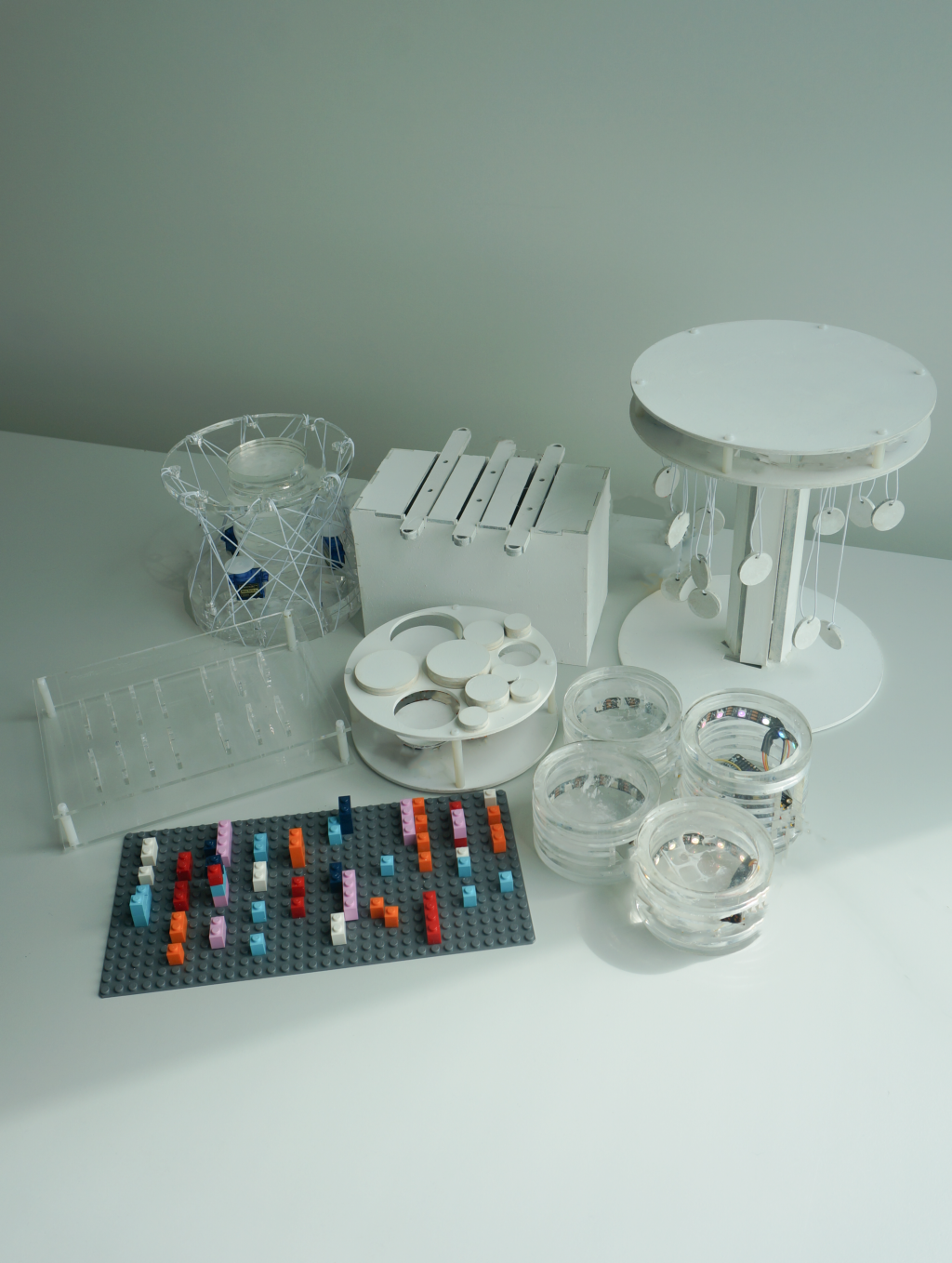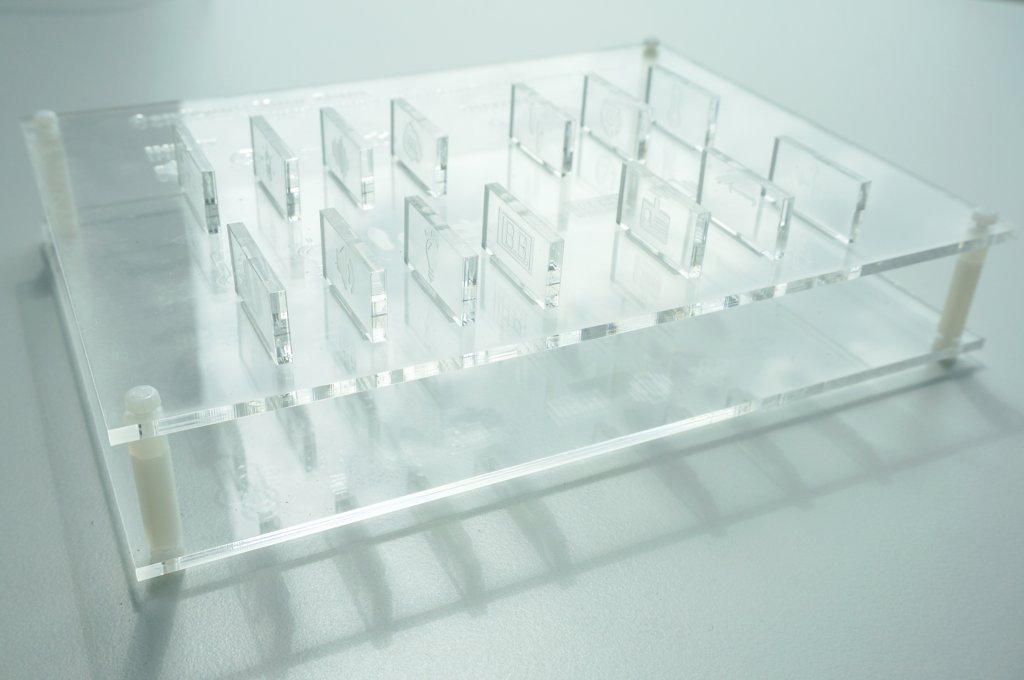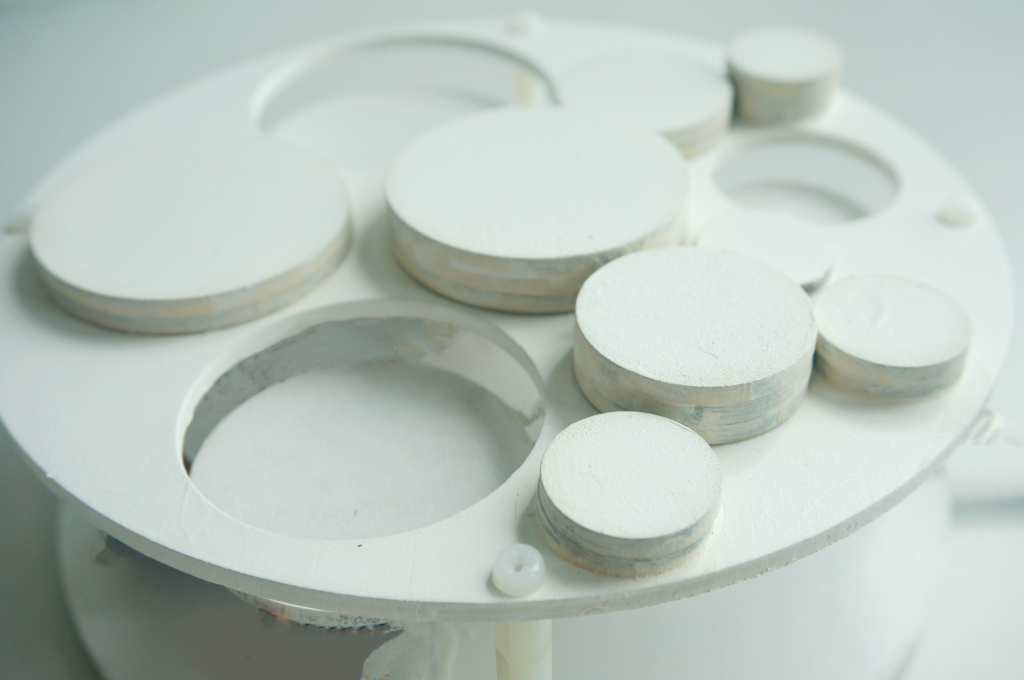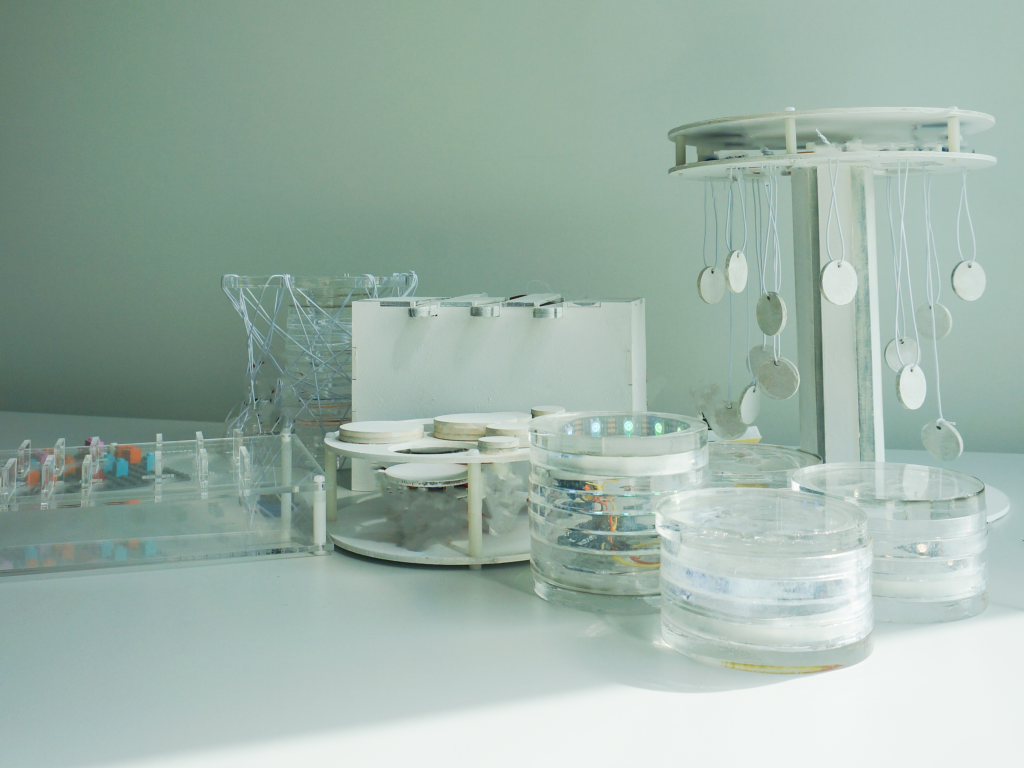Yinying Miao, Hans Brombacher, Steven Houben
Following on from Jansen et al.'s 2015 identification of data physicalization, a growing number of artefacts are being developed and deployed in the real world. These often take a user-centred, context-driven approach, translating user insights into design decisions. As a result, design researchers are often ‘repeating’ the steps of encoding data for various physicalizations.
But what can we learn from these existing works? In contrast to discussions in earlier literature reviews, is it possible to take away the user and context that are associated with physicalizations, but focus on understanding the grounded structures that we use in mapping data for physicalizations?
Following a tangible making approach, we reviewed typical ways used by data physicalization in mapping data. We identified two key approaches: modifiable and perceivable. With modifiable physicalizations, users are given the power to construct or configure the data in physicalizations. Constructive physicalizations often make use of tokens with various colours, shapes, sizes, graphics, and heights. They support subjective data inputs but are limited to the material resources. Configurative physicalizations, on the other hand, allow users to couple sensor-collected inputs to simple dynamic physicalization representations, such as rotational motions, vibrations, air flows, and light. Perceivable physicalizations often make use of the physical space through positional, rotational, and height changes. These movement changes are combined with quantities, to create a historical or social frame of reference. Another typical mapping approach is through the use of light, playing around with variables including colours, saturations, frequency of blinking, and brightness.

Unlike previous reviews on data physicalization that pay great attention to users and contexts, we reviewed data physicalization artefacts with a focus on data mapping through tangibly building prototypes. We focused on analysing and identifying patterns used in data mapping for physicalizations, looking at physicalizations more as a ‘science’. We demonstrated typical ways that physicalizations are used to translate data into physical forms and developed an exemplar set which can be seen as tools to guide physicalization designers in making decisions in creating data physicalization. This work provides insights into how physicalizations have been used in the past and guides the digital future with considerations to embody and embed digital data with physical presence in our everyday lives.







